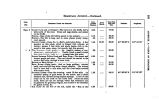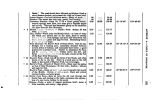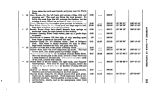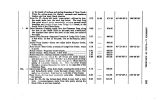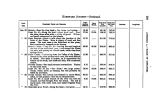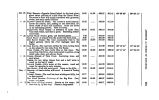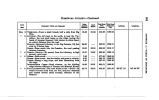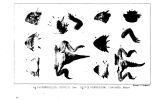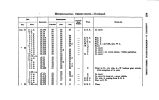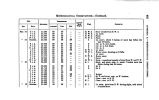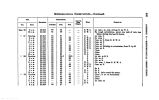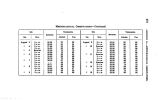| OCR Text |
Show 56 FROM FORT LARAMIE TO FORT BRIDGER. Upon examining the bluff on the opposite side of the stream, the strata were found to be composed of sandstone and clay with sand. There was also a layer of sulphate of lime about four inches thick and crystalline. In some of the layers of sandstone there were ripple- marks of water; others were thickly studded with oval bodies about the size of pigeons' eggs. Other strata were formed of more compact sandstone, not in layers but in irregular shaped masses, as if composed of bones, much resembling what we had remarked near Chimney Rock. Some fossils were collected, but in not a very perfect state. In some of the sandstones there were evidently a great many, but in the more friable they were rotten; and in others the stone, in the endeavour to get them out, split in every direction. A crystalline mass of what was thought to be sulphate of lime was also found, with dark crystals interspersed. The top of the hill was covered with masses of primitive rock, probably from the decomposition of conglomerate. The hunters brought in the choice parts of three fat buffalo- cows today, which fairly loaded down their pack- mules. The meat was estimated to weigh upward of one thousand pounds. Saturday, July 21.- We followed up the dry bed of a fork of Bitter Greek for three or four miles, when it crosses over a high ridge and descends precipitously into a narrow ravine forming the heads of a branch of Horse- shoe Greek. Following down this ravine, which gradually widens into a broad valley, walled in by steep bluffs, much cut by ravines and entirely destitute of timber, we reached Horse- shoe Greek, a beautiful stream of running water, clear, soft, and very cool. There are two tracks here, one crossing below the junction of the two forks, two hundred yards to the right, the other crossing both forks. The latter was taken, and after crossing the western forks, we followed up its valley for a couple of miles, over some very high, rolling country, and crossing over to the valleys of two dry sandy beds, came to a branch seven miles from Horse- shoe Greek, upon the left bank of which we encamped. All the dry beds we have passed to- day give evidence of discharging large quantities of water, which, at the melting of the snows, descend from the Black Hills, a range immediately on our left. Their channels are full of rolled primary rock, feldspar, and white and pink quartz, brought down by the spring torrents. Upon the top of the dividing ridge between Bitter Creek and |
































































































































































































































































































































































